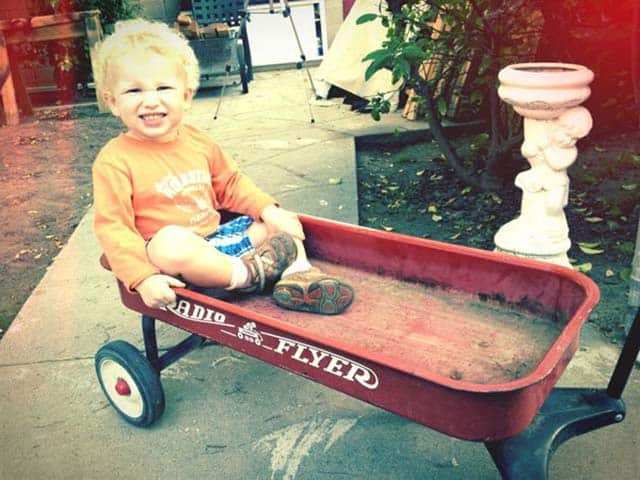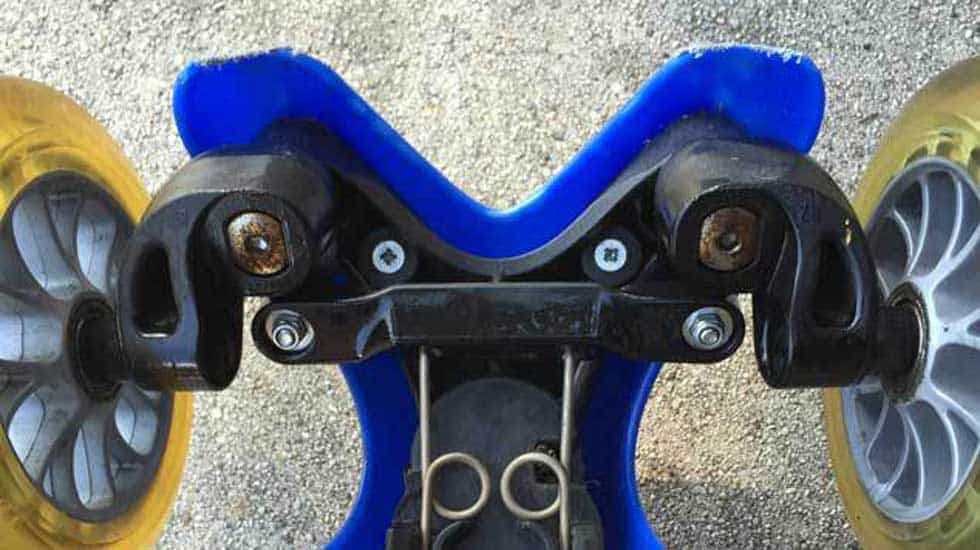We escaped the record Las Vegas heat this week by spending a few days in San Diego. Surfing and enjoying the amazing beach climate was our main agenda and we all returned refreshed and ready tackle the rest of the Vegas summer. We’ve been thinking about how to surf with kids and for us it comes as second nature, but there are a lot of families who are interested in trying. Here are some tips for getting started.
I started surfing in earnest when we moved to Los Angeles 15 years ago. It was a tough but fun progression and I’ve been excited to share it with my boys. While we lived in LA our youngest wasn’t quite ready and our oldest didn’t have the love yet for the waves.
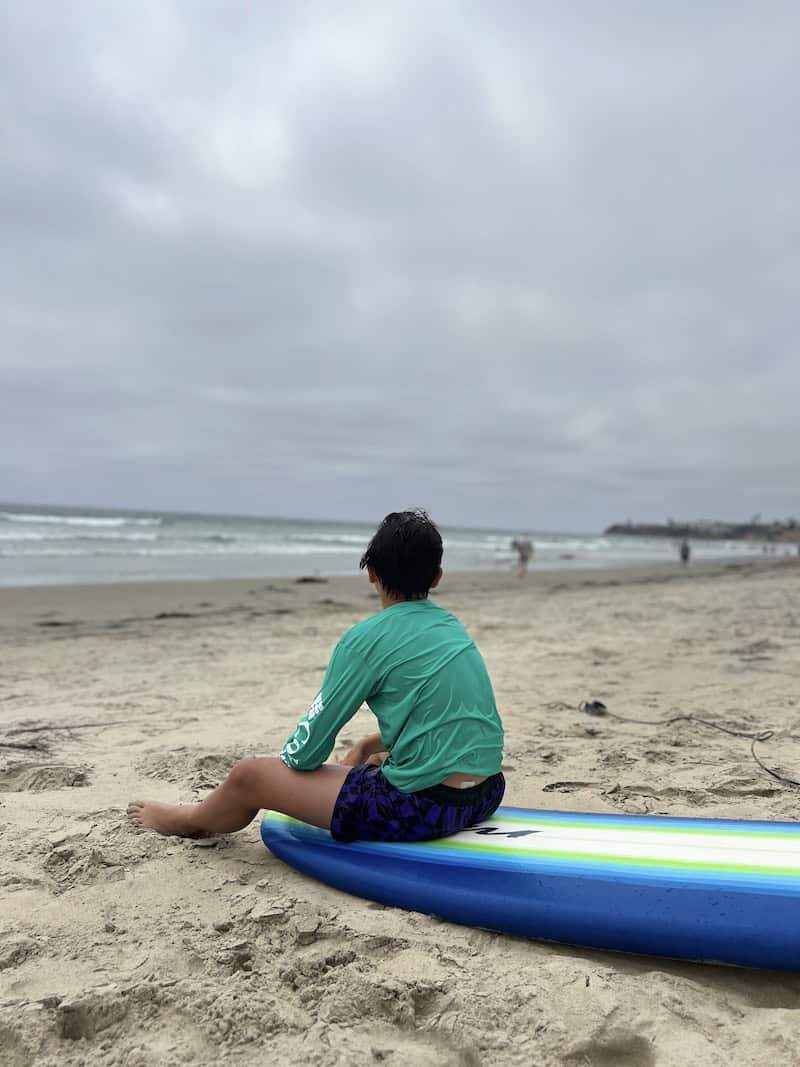
It seems that just as we move from LA our boys have really taken to surfing. Last summer we spent a couple days at Doheny Beach in Dana Point, which is one of our favorite surf spots and this week we dropped into Pacific Beach in San Diego which wasn’t on our agenda, but the conditions were perfect for the kids to surf.
How to Find Surf Lessons
If you and your family have always wanted to try surfing, I suggest signing up for lessons at your local beach. Check the local surf shops for their recommendations and if possible look for a class that includes surfboard rental.
A good surf instructor will not only teach you proper technique for paddling, reading the waves, popping up, and surfing, but will also share some important notes about surf etiquette so the next time you go surfing by yourself or with friends, you’ll understand how to navigate the waves and the lineups.

What Type of Surfboard Should I Use?
Soft tops and foam surfboards are recommended for learning how to surf as they are forgiving and you don’t risk injuring yourself or others. We’ve got a “Costco special” the Wavestorm and a Catchsurf that we love.
Our 12 year old and 6 year old like both boards, but the larger 8 foot Wavestorm has more volume and is easier to paddle and stand up on. It’s much more stable. Once they get better at surfing, the small Catchsurf will be more maneuverable and easier to turn.

Where Should I Surf?
If you can find a nice consistent point break or area with defined peaks, you’ll have a better experience. But, when you are just learning, it’s likely you’ll mostly be riding white water straight in, which is totally fine.
Beach breaks are the most common surf spots, but can have the least predictable waves and toughest paddle past the whitewater.
How to Surf With Kids
How to surf with young kids
Our 6-year-old is a strong swimmer and doesn’t mind getting his face splashed with water or dunked, which will happen on a surfboard. If your child isn’t comfortable with those scenarios, then surfing might be a little tougher to start out, but it’s still doable, and you never know until you try.
It’s important to find a beach break that is shallow enough for you to stand comfortably and has enough room for you to walk out with your child and gently push them into a wave. A beach break with a large stretch of sand is ideal, and check the charts for high tide.
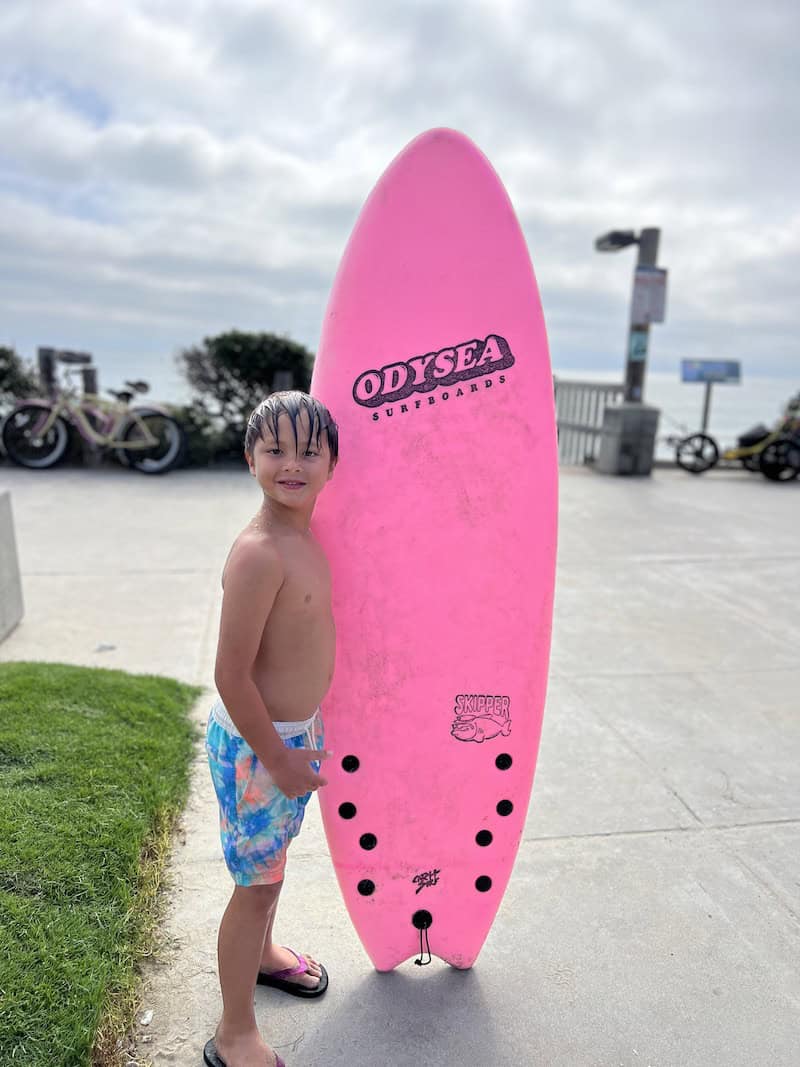
You can help your kids navigate over the whitewater and then turn them around and let them choose a good wave to start paddling for. Once the back of the board starts to lift, give the board a little shove and the wave’s energy should have them moving. It’s not as important to start standing right away, but just ride the wave on their belly or knees and get a feel for the balance of the board.
When they are ready, work on popping up quickly, and they’ll surf before you know it.
How to surf with older kids
You can take a similar approach with older kids and preteens who are good swimmers. You may have to paddle and swim out to slightly larger waves, but there is no need to go beyond the white water.
Opt for a larger board that will float better. There is no need to look for something small and thin as those are made for turning and you won’t be any turning as you are learning. Just go straight in and have fun.
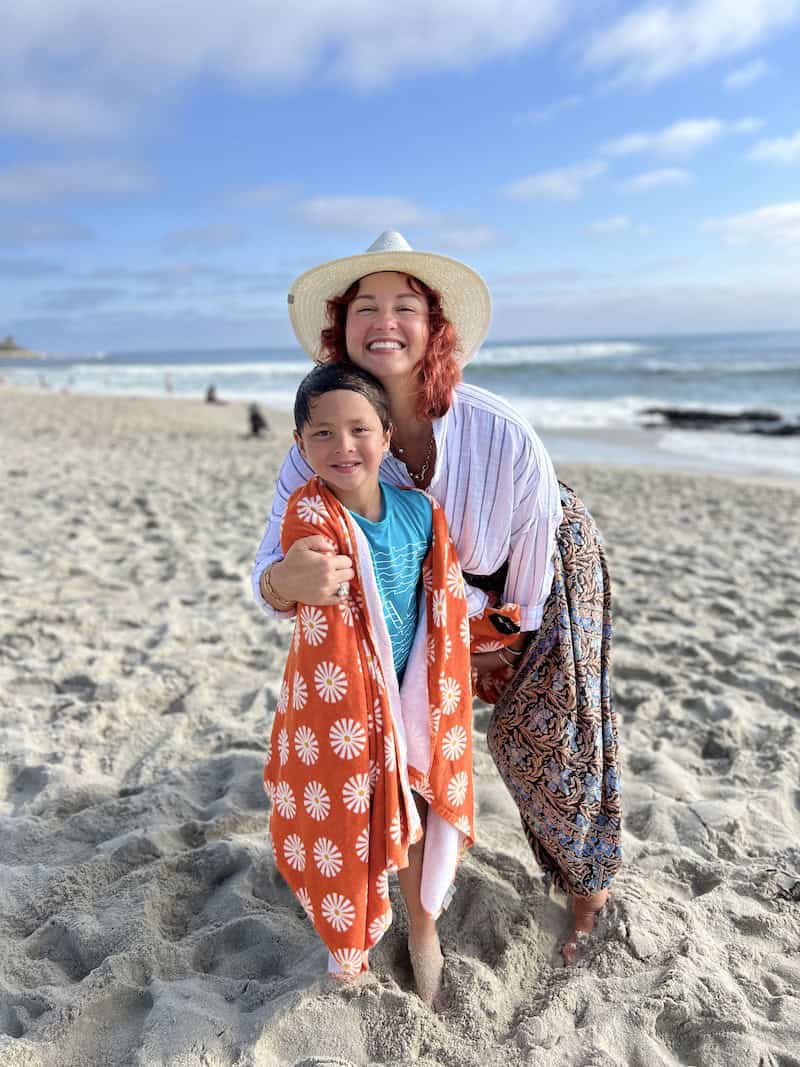
Beach Games
When you are done surfing or want to take a break, here are some fun beach games.
Paddleball, football, soccer, smashball, sand castles, and shell collecting.

